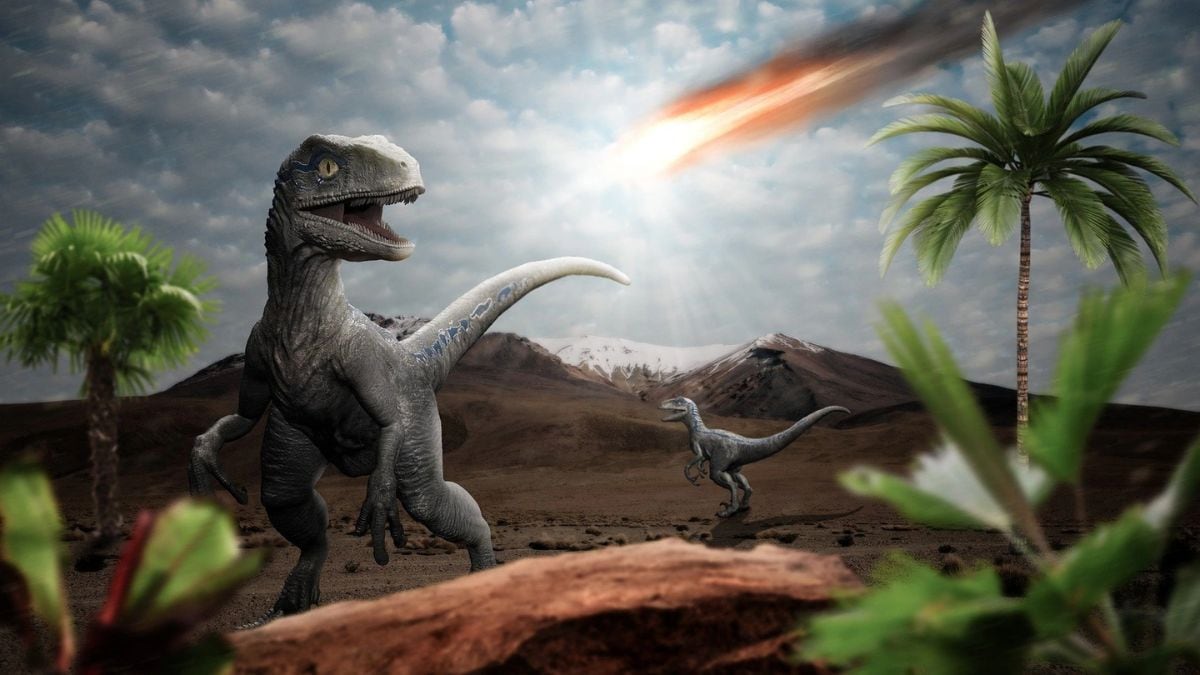Scientists say that dinosaurs weren’t doomed when an asteroid hit Earth. Fossil unearthings before the asteroid collision, at the end of the Cretaceous epoch, show that dinosaurs were losing variety and numbers. At first, some scientists thought this alteration showed dinosaurs were headed toward extinction even before the fatal asteroid incident. Nevertheless, this concept has long been argumentative, with other researchers insisting that dinosaur diversity was doing just fine at the time of their loss of life.
Challenging the Long-Held Narrative
According to a report by Live Science, the visible rarity of dinosaurs before their extinction may merely be due to a low fossil record. Emphasizsng four families—that is, the Ankylosauridae, Ceratopsidae, Hadrosauridae, and Tyrannosauridae—the studies of the scientists reveal records of approximately 8,000 fossils from North America dating to the Campanian age (83.6 million to 72.1 million years ago) and Maastrichtian age (72.1 million to 66 million years ago).
Th range of dinosaurs peaked 76 million years ago and started to shrink after the asteroid collision wiped off the nonavian dinosaurs. This drift was more pronounced than in the 6 million years before the mass annihilation, with the number of fossils from all four families reducing in the geological record.
Fossil Records and Statistical Models Paint a New Picture
Vegetation either covered or obscured geological outcrops from the Maastrichtian period in North America. Specifically, rock from this time that might contain dinosaur fossils was not easily accessible to the researchers who were searching for them. The study’s encapsulation might also have worldwide branching due to North America being home to half of the familiar fossils from this age.
A Catastrophic Exception, Not a Gradual End
There is no evidence of environmental conditions or other aspects that would specifically elaborate the reason of this decline, the researchers landed. All of the dinosaur broods were far-flung, as per models come into being developed by the researchers — and consequently at low risk for extinction, barring a catastrophic event such as the asteroid effect.
In the group of 8,000 fossil records evaluated, the team found that ceratopsians—a group that includes horned dinosaurs like Triceratops and its relatives — were the most common; most likely, they inhabited plain regions that were most conducive to preservation during the Maastrichtian era.




